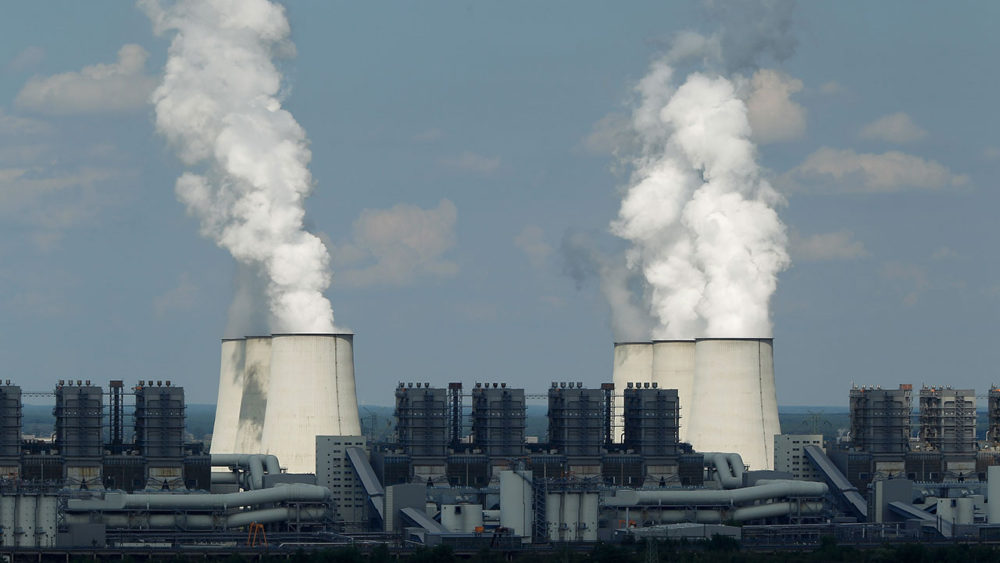A massive lawsuit over the Clean Power Plan has been sitting on the D.C. Circuit’s docket for more than two years, and at least three of the court’s judges are getting fed up with what they see as foot-dragging by the Trump administration.
The Environmental Protection Agency asked the court to put the litigation on hold shortly after President Trump took office, and ever since then, the court has repeatedly agreed to hold the case in abeyance. On Tuesday (June 26), the en banc court issued an order keeping the hold in place for another 60 days, but three judges (Wilkins, Tatel, and Millett) signaled that they are losing patience, and one suggested that the EPA is using the delays as a pretext to avoid regulating greenhouse gases.
The case, West Virginia v. EPA, asks whether the Obama-era EPA exceeded its authority in adopting the Clean Power Plan, a landmark set of regulations that were intended to restrict carbon dioxide emissions from coal-burning power plants. The court heard oral argument in September 2016, but after Trump took office, the EPA asked for what amounted to a litigation timeout. The purported reason: the agency needed time to “review” the plan.
The EPA soon decided it would not just review the plan but would repeal it altogether. But it has issued no regulations necessary to formally repeal it, nor has it issued any regulations to replace it with something else. Technically, the plan still remains under “review,” and over the last year and a half, the D.C. Circuit has issued five orders extending the time during which the underlying litigation remains frozen. In the meantime, the clean power rules have never taken effect due to a highly unusual stay ordered by the Supreme Court in early 2016.
In the D.C. Circuit’s most recent order on Tuesday, three judges seemed to say enough is enough.
Judge Wilkins attached a statement to the court’s unsigned order saying he would not vote to grant any more extensions. Wilkins expressed frustration that the petitioners who first challenged the Clean Power Plan are now cooperating with the Trump EPA in support of indefinite delays that preserve the status quo. Wilkins wrote:
The upshot is that the Petitioners and EPA have hijacked the Court’s equitable power for their own purposes. If EPA or the Petitioners wish to delay further the operation of the Clean Power Plan while the agency engages in rulemaking, then they should avail themselves of whatever authority Congress gave them to do so, rather than availing themselves of the Court’s authority under the guise of preserving jurisdiction over moribund petitions.
Judge Tatel wrote a separate concurrence in which he reminded the parties that, under the Supreme Court’s decision a decade ago in Massachusetts v. EPA, the agency has an obligation to use its regulatory powers to reduce pollutants that drive climate change. The EPA “has yet to present any concrete alternative” to the Clean Power Plan to do that, Tatel said. In light of that fact, he suggested that the Supreme Court should revisit its stay that blocked the Clean Power Plan from taking effect while the plan is litigated.
Judge Millett signed on to both Wilkins’s statement and Tatel’s concurrence.
Read the full document below:

